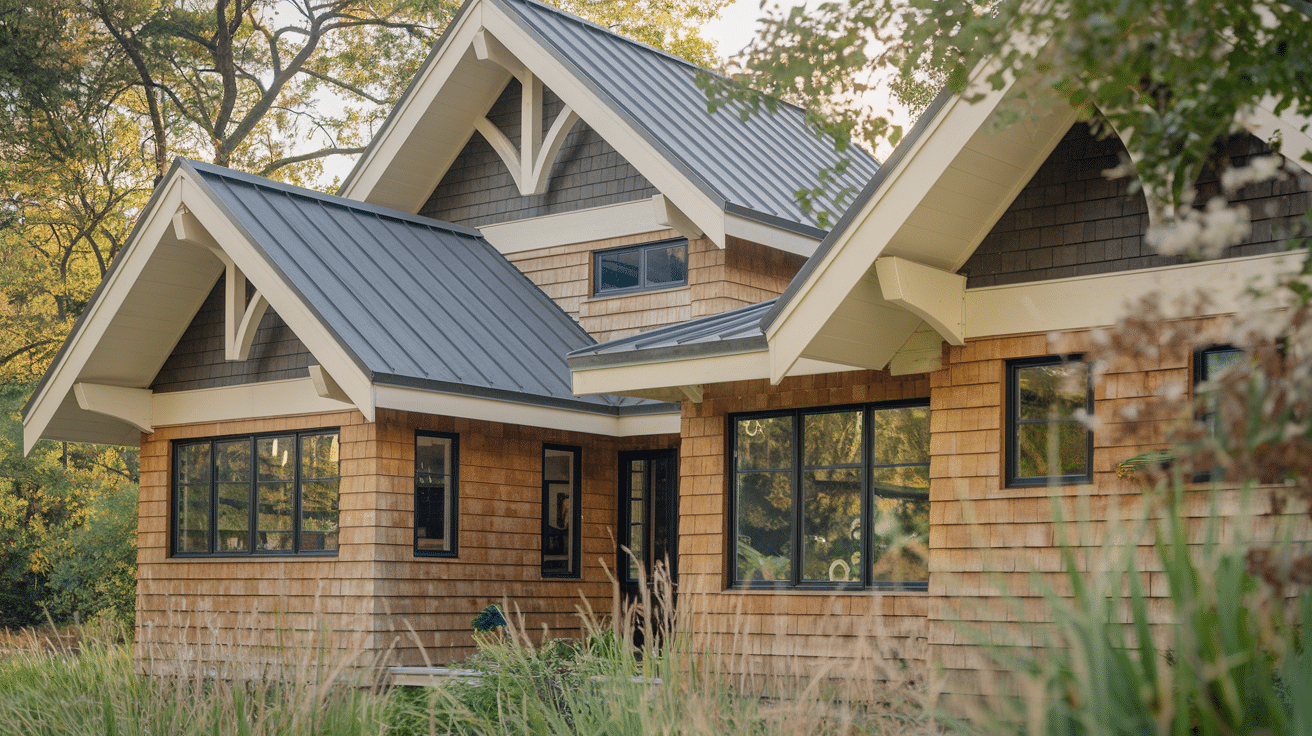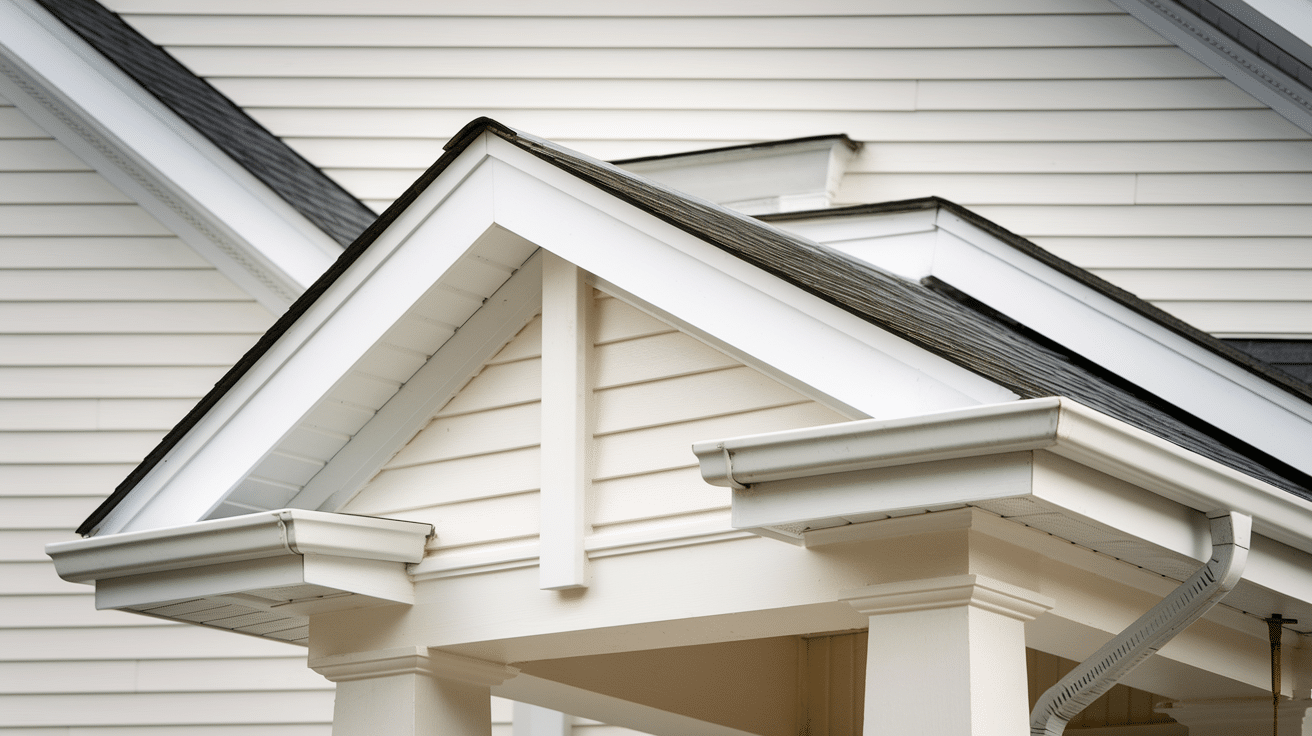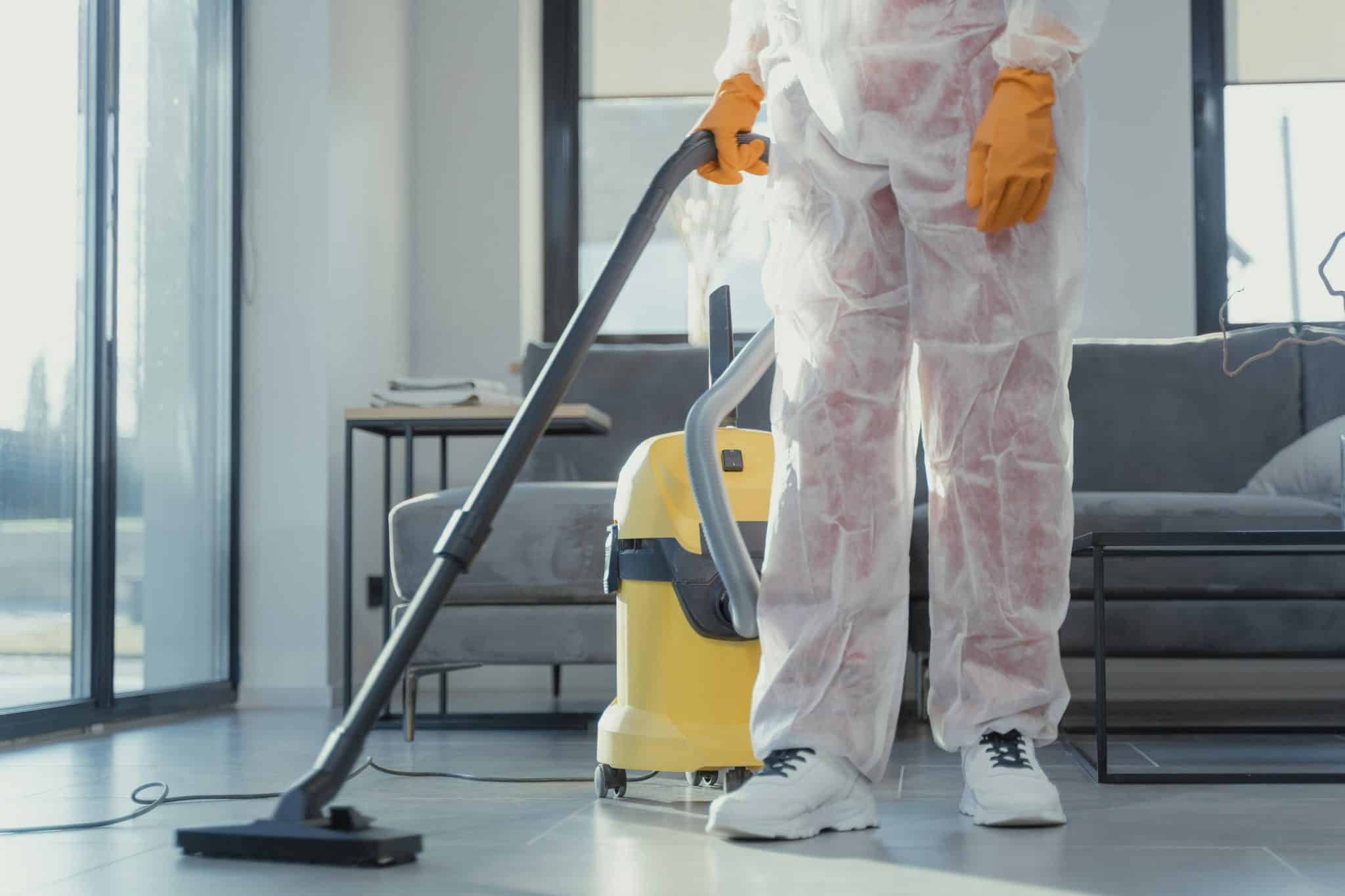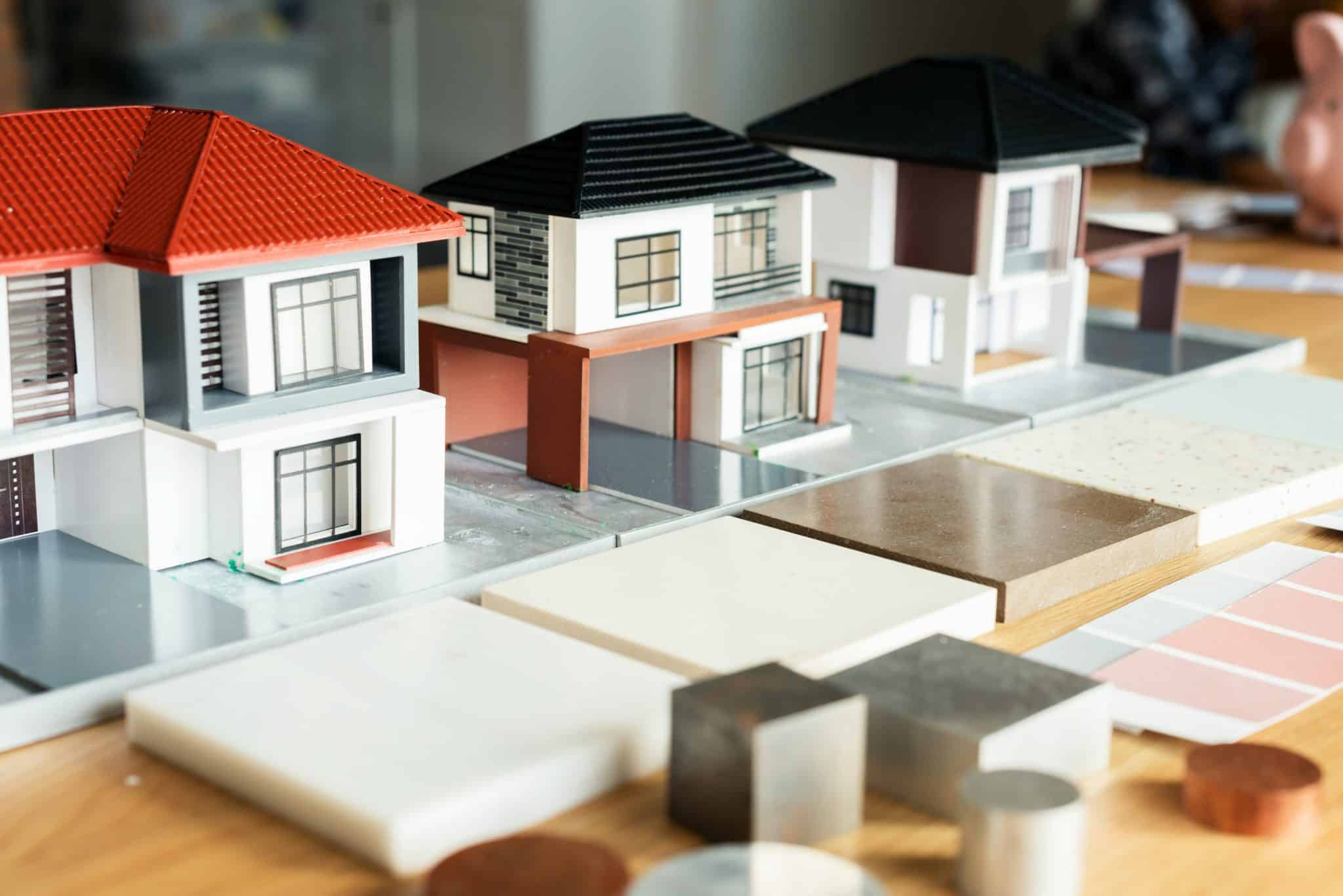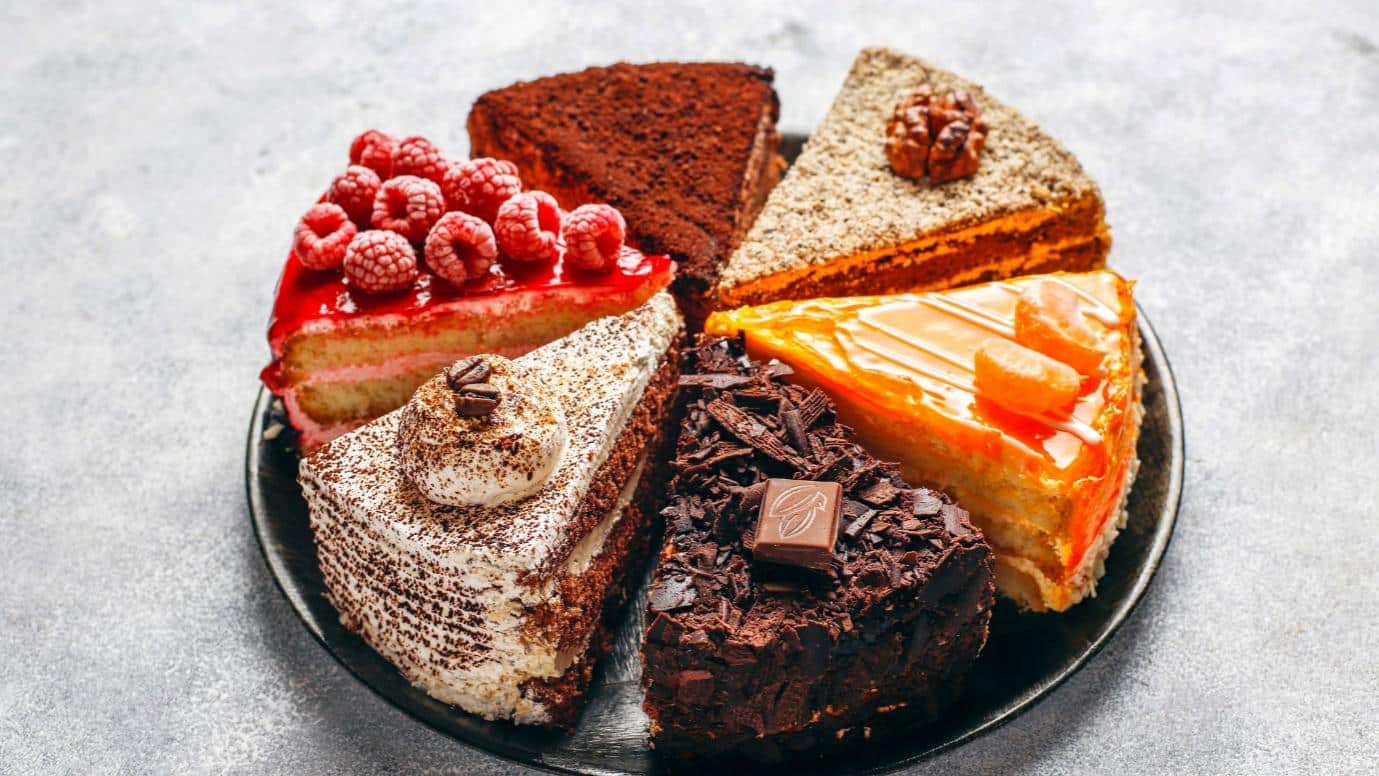Your home’s exterior speaks volumes before anyone enters. While many focus on siding colors or landscaping, the subtle architectural details often create the most striking impression.
Among these crucial elements are black fascia white soffit, which do far more than protect the structure of your home.
Homeowners have recently recognized these traditional building elements as opportunities for creative expression.
The trend toward bold color contrasts in modern home design has changed these once-overlooked features into key players in architectural aesthetics.
We are no longer confined to matching everything in monotonous whites or beiges.
As more homeowners embrace architectural confidence, the interplay between dark and light elements has become a hallmark of contemporary design. It turns functional necessities into style statements that demand attention.
What is Black Fascia White Soffit?

Every home has a story; much of that narrative is written in architectural details. We’re discussing soffit and fascia as crucial players in your home’s exterior ensemble.
The Soffit is the exposed surface beneath the overhanging section of your roof eaves, while the Fascia is the vertical finishing edge that connects to the ends of your roof rafters and holds your gutters.
Why Do We Need Soffit and Fascia
Think of the soffit and fascia as your home’s shield and breathing system. But what makes the black-and-white combination so special? Let me explain.
Your home needs to breathe like you do. The soffit (those panels under your roof’s edge) has tiny holes that let fresh air flow through your attic. This stops water from building up and keeps your attic dry and healthy.
The fascia does the tough job – the board runs along your roofline. It blocks rain, snow, and wind from getting under your roof. Plus, it gives your house that finished, clean look everyone wants; let’s see how:
- Aesthetic Appeal: Adding fascia and soffit to your home does more than serve a purpose. These features shape your roofline in ways that catch the eye. The fascia board creates straight, clean lines at your roof’s edge, and the soffit fills the space under your eaves, giving your home a complete look.
- Versatility: Fascia and soffits come in many styles and colors to match your home. The fascia board works with any roof design, from simple to complex. Soffits can be solid or vented, letting you pick what works best. This means you can match them to your home’s style, from classic to modern.
- Low Maintenance: These parts of your home work hard but ask little in return. The fascia withstands rain and sun while protecting your roof edges. Soffits with built-in vents keep air moving through your attic. This airflow helps control heat and moisture, reducing future repairs.
- Increases Property Value: Good fascia and soffit systems tell buyers your home has proper care. They protect your roof’s wooden parts from water damage. The vented soffits stop moisture from building up in your attic. This means less chance of mold or rot. When it’s time to sell, these features show your home has lasting quality.
Why Choose Black Fascia with White Soffit?
The combination of black fascia and white soffit has emerged as a game-changer for exterior design choices that make a lasting impression.
This striking contrast creates a bold and sophisticated architectural statement, drawing the eye upward while maintaining visual harmony.
The magic lies in how these two colors work together. Black fascia adds a dramatic outline to your roofline, creating definition and depth that makes your home’s silhouette pop against the sky.
Meanwhile, white soffit brightens the underside of your eaves, reflecting light and creating an airy feel that prevents the overall look from becoming too heavy.
It’s a perfect balance of weight and lightness, strength and elegance. What makes this combination special is its versatility.
Whether your home is a sleek modern masterpiece, a cozy farmhouse retreat, or a traditional colonial, black fascia, and white soffit, adapt seamlessly to increase the existing architecture.
This pairing also taps into the psychology of exterior design. Black conveys sophistication and authority, while white suggests cleanliness and openness. Together, they create a powerful visual statement that feels grounded and uplifting.
Maintaining Black Fascia and White Soffit for Years to Come
Preventing Fading on Black Fascia
- Clean the surface every 6 months with gentle soap and water
- Use a UV-protective spray coating annually
- Trim overhanging branches to reduce sun exposure
- Check for water spots and wipe them quickly
- Fix any loose points to stop water from getting trapped
- Look for scratches and touch them up early
Keeping White Soffit Clean
- Wash with mild soap and soft brush twice yearly
- Spray away cobwebs and dust monthly
- Remove bird nests as soon as you spot them
- Check vent holes for blockages
- Clear leaves and debris from corners
- Use white-safe cleaners to avoid stains
Seasonal Maintenance Schedule
Spring:
- Clear pollen and winter debris
- Check for loose winter damage
- Look for pest nests
- Test all vent openings
Summer:
- Wash surfaces with mild soap
- Apply UV protection to the fascia
- Check for storm damage
- Clear spider webs
Fall:
- Remove fallen leaves
- Clean gutters and downspouts
- Check seals and joints
- Look for gaps or cracks
Winter:
- Clear ice buildup
- Watch for icicle damage
- Check for loose panels
- Look for water stains
4 Trending Fascia and Soffit Color Combinations
Picking colors for your home doesn’t have to be complicated. Many homeowners focus on tried-and-tested color pairs that bring life to their spaces.
These four color combinations have won hearts with their simple yet striking appeal. These pairs can turn any room from plain to perfect, just like adding the right spices to your favorite dish.
1. Dark Gray Fascia & Light Gray Soffit
I love the look of black and white, but do you want something softer? This gray duo might be your answer.
The dark gray fascia will mark your roofline with style, while the light gray soffit keeps things bright but subtle.
This mix works magic on modern homes, ranch styles, and classic builds. The grays hide dust better than lighter shades and still look fresh year-round.
2. Brown Fascia & Beige Soffit
Some homes call for colors that feel as warm as coffee. Brown fascia, for example, draws a natural line at the edge of your roof, speaking the same language as wood and stone.
The beige soffit brings light to your eaves without glare. This combination turns houses into homes, especially those with earth-tone siding or brick walls. Plus, these colors age gracefully in all weather.
3. Charcoal Fascia & Cream Soffit
Meet the perfect balance between bold and gentle. Charcoal fascia gives you the current look buyers love, while cream soffit softens the overall effect.
This pair suits homes that want to look fresh without being too modern.
The charcoal hides marks well, and the cream brightens without the stark contrast of pure white.
4. White Fascia & White Soffit
Sometimes, the simplest choice is the smartest. All-white trim creates clean lines that work on any home style.
Your roofline looks sharp, your eaves stay bright, and the house feels bigger.
White shows dirt more easily, allowing you to spot issues quickly. Many homeowners choose this classic look because it never goes out of style.
5. Navy Blue Fascia & White Soffit

A striking modern two-story house features a bold navy blue accent and crisp white exterior. Large black-framed windows allow ample natural light, while the spacious front porch is supported by wooden columns.
Lush landscaping with manicured shrubs and a stone walkway adds to the home’s inviting curb appeal, blending contemporary design with welcoming warmth
6. Forest Green Fascia & Light Gray Soffit

This charming cottage-style home nestles in a wooded setting, showcasing forest green gables and light gray siding. A prominent stone chimney and wooden porch columns evoke rustic charm.
The cozy front porch, adorned with rocking chairs and surrounded by flowerbeds, creates a peaceful, inviting atmosphere perfect for relaxing in naturelove.
7. Taupe Fascia & Soft Sage Soffit

A sleek, single-story home with a taupe fascia and soft sage soffit exudes modern beauty. Clean lines, expansive windows, and a covered front porch with minimalist railings define its contemporary style.
Ornamental grasses and white flowering shrubs line the walkway, enhancing the home’s tranquil, sophisticated appearance while blending harmoniously with the natural surroundings.
Conclusion
The black fascia white soffit combination brings lasting value to homes of all styles and ages. The combination of dark fascia and bright soffits creates a look that catches the eye for the right reasons.
This pairing does more than look good, it makes sense for busy homeowners. The dark fascia stays looking clean, while white soffits keep your eaves bright and open.
Ready to give your home a fresh new look? Start by consulting with a professional contractor who can help you choose the right materials and ensure proper installation. Your neighbors will notice the difference.
Don’t wait, change your home’s exterior today and join the growing number of homeowners who’ve made this smart design choice.






